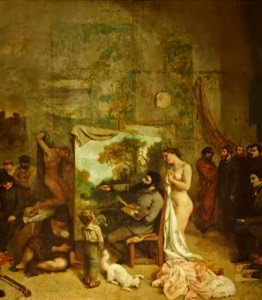SHIPYARD SCULPTOR
CROATIA / 2014 / COLOR / 30 MIN / CROATIAN S.T. ENGLISH
Production Team
Realisation: Branko Istvancic
Script: Damir Sirkovic, Branko Istvancic
Cinematography: Boris Poljak
Sound: Pere Istvancic
Editing: Branko Istvancic
Music: Dalibor Grubacevic
Narration: Niksa Kuselj
Participation(s): Niksa Kuselj
Producer(s): Irena Skoric
Production: Artizana
Distribution: Artizana
Official Synopsis
"Stanislav Bavcevic (1954-2009) was a mechanical engineer, who worked at the Split shipyard in Croatia, as well as a “naval sculptor.” For years, he made statues out of shipbuilding leftovers. Using cold, crude steel, he came up with an infinite number of shapes and figures. With simple tools and a piece of steel, he could create a bust in a few minutes, as well as undertaking more monumental works, such as a 50-metre crucifix from a construction crane. He found his job in the shipyard, but also his inspiration and the raw material for his art."This film made me discover a great and unknown sculptor. His sculptures are expressive, meaningful, many of them overwhelming and monumental.
Although Bavcevic in his youth wanted to study art, his father forbade him. He considered his son's interest in art useless and impractical. In a strange and even an ironic way, this father's prohibition led Bavcevic to become a mechanical engineer, his "practical" profession providing him with all the means to be a sculptor. Had he gone to study at an art school, he would have never been able to create the impressive sculptural works that he did.
Bavcevic worked as an engineer in a shipyard. His work supplied him with all the tools and free scrap material he needed for his art, without which he would have never been able to crate his sculptures. He was aware of this, and his only and constant concern was that the shipyard should not close, as this would have been the end to his art creation.
I highly recommend to see this film. You will discover a remarkable sculptor who was somehow left out of the European contemporary art narrative, but who should definitely be included in it.
Shipyard Sculptor (trailer) 2015
Visit the Art FIFA website for more information and film scheduling.
http://www.artfifa.com
Top photo courtesy of FIFA.
Film Review © 2015 Nadia Slejskova








